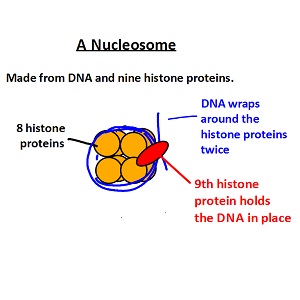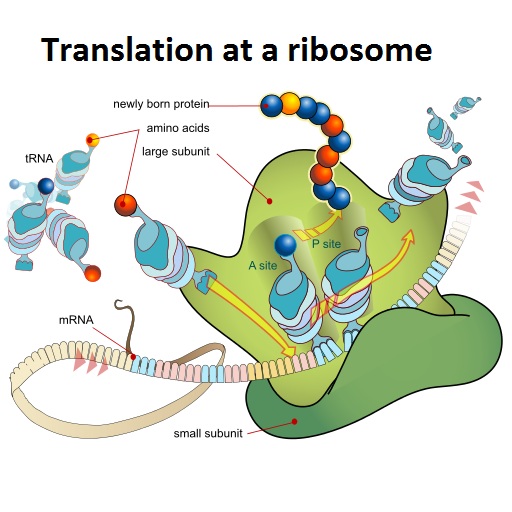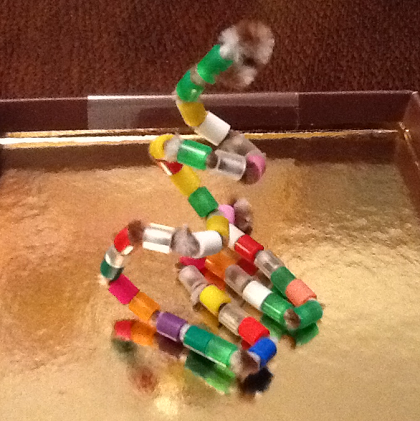HL Nucleic Acids Activities for Learning
Lesson Plans for the HL Nucleic Acids.
The ideas for learning activities on this page aim to cover the whole of the IB guide for this topic. Where a full lesson plan has been developed it includes resources to use on an interactive whiteboard and worksheets to print. There is a mix of laboratory work, theory lessons, and assessment materials with model answers.
DNA Structure - Planning sheet 7.1This simple sheet sets out the learning objectives, essential questions and some ideas for assessment for the following activities |
|
 |
DNA structure - Extras for HLTime: 1hr This lesson aims to introduce students to nucleosomes, purines pyrimidines and the 5' and 3' ends of DNA strands. A simple powerpoint and some structured notes sheets help teachers and students alike. There is also a modelling task to help visualize the nucleosome. |
 |
DNA Replication for HL StudentsTime: 1hr A teachers presentation powerpoint and pdf supports the explanation of RNA primers, RNA primase, DNA ligase, and the two DNA polymerase enzymes. Details of deoxyribose nucleoside triphosphates is also included as are student worksheets and an IB style question. |
Transcription - Planning sheet 7.2This simple sheet sets out the learning objectives, essential questions and some ideas for assessment for the following activities |
|
 |
Transcription - extras for HLTime: 1h Individually or in pairs/small groups produce a presentation to be delivered to the rest of the class explaining the HL aspects of transcription or translation. Stuents are provided with guidange notes and simple resources to use in their explanations. |
Translation - Planning sheet 7.3This simple sheet sets out the learning objectives, essential questions and some ideas for assessment for the following activities |
|
 |
Translation & ribosomesTime: 1hr Students are introduced to the three stages of translation, initiation, synthesis (elongation) and termination. This includes the role of tRNA activating enzymes and the binding sites on ribosomes. There is comparison of free ribosome function and attached ribosomes as well as the roles of polysomes. Visualisations of molecules helps understanding conclude the activity. |
 |
Four levels of protein structureTime: 1h Simple modelling activities help students to visualise the four levels of protein structure. With this understanding students research some functions of proteins and discover a curious protein folding computer game called Foldit. Some examples of conserved sequences in DNA coding for protein molecules concludes the activities. |

 IB Docs (2) Team
IB Docs (2) Team
